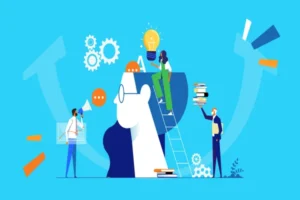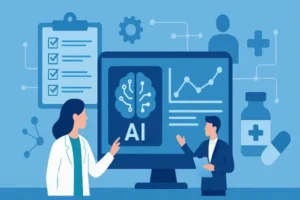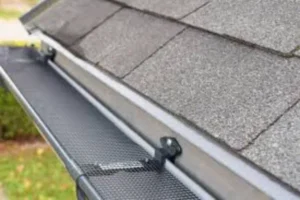Gone with the Wind: Capturing and Converting Wind Energy

Are you tired of rising electricity bills and environmental concerns? If so, then wind energy is the solution for you.
We’ve all seen those majestic wind turbines gracefully spinning in the distance, but do we truly understand how they work and the potential they hold? Let’s explore the fascinating world of wind energy, from capturing it to converting it into usable electricity.
Capturing Wind Energy
Wind energy is harnessed by using wind turbines to capture kinetic energy from the wind. These turbines consist of large blades connected to a rotor, which spins as the wind blows. The rotation of the rotor then turns a generator, producing electricity.
But how do we determine the best location for these turbines? It all comes down to wind speed and consistency. Typically, wind turbines are placed in areas with an average wind speed of at least 6-9 miles per hour. This ensures that there is enough wind to consistently generate electricity.
Converting Wind Energy
Once the kinetic energy of the wind has been captured, it needs to be converted into usable electricity. This is done through a process called electromechanical conversion. The spinning rotor inside the turbine turns a series of gears which then turn an electrical generator, creating electricity. The electricity is then transferred to a power grid, where it can be distributed to homes and businesses.
It’s important to note that wind energy is a renewable resource, meaning it does not deplete over time. As long as the wind continues to blow, we can continue to harness its energy and convert it into electricity.
Benefits of Wind Energy
There are numerous benefits to using wind energy as a source of electricity. For one, it is clean and does not produce any harmful emissions, making it an environmentally friendly option. Additionally, wind energy is renewable and abundant in many areas, reducing our reliance on fossil fuels.
Furthermore, wind energy has also proven to be cost-effective. Once the initial investment of building and installing the turbines is made, there are minimal ongoing costs associated with generating electricity. This results in long-term cost savings for both consumers and the environment.
Aside from the practical benefits, wind energy also has a positive impact on local economies. The construction and maintenance of wind turbines create jobs in the renewable energy sector, providing economic growth and stability. Besides energy comparison for utility bills, scouting and adopting renewable energy sources are becoming a norm in society.
Challenges of Wind Energy
While the use of wind energy has many benefits, some challenges need to be addressed. One major challenge is the intermittency of wind. As wind speed can vary greatly, it is not always a reliable source of constant electricity. This means that other sources of power may need to supplement when there is low or no wind.
Another challenge is the potential impact on wildlife and their habitats. With the increasing development of wind farms, there have been concerns raised about the effects on bird migration patterns and the disruption of ecosystems.
The Future of Wind Energy
Despite the challenges, it is clear that wind energy has a promising future. As technology continues to advance, we are finding ways to overcome challenges such as intermittency through the use of energy storage systems and advancements in wind turbine design.
Furthermore, with the growing demand for clean and renewable energy sources, it is predicted that wind energy will continue to grow in popularity and become a major contributor to our global energy supply.
In conclusion, wind energy is a valuable resource that has the potential to provide us with clean, renewable electricity for years to come. With ongoing research and advancements, we can continue to harness the power of the wind and reduce our impact on the environment. So next time you see those majestic wind turbines spinning in the distance, remember the incredible journey it took for them to capture and convert wind energy into a source of power for our everyday lives.







